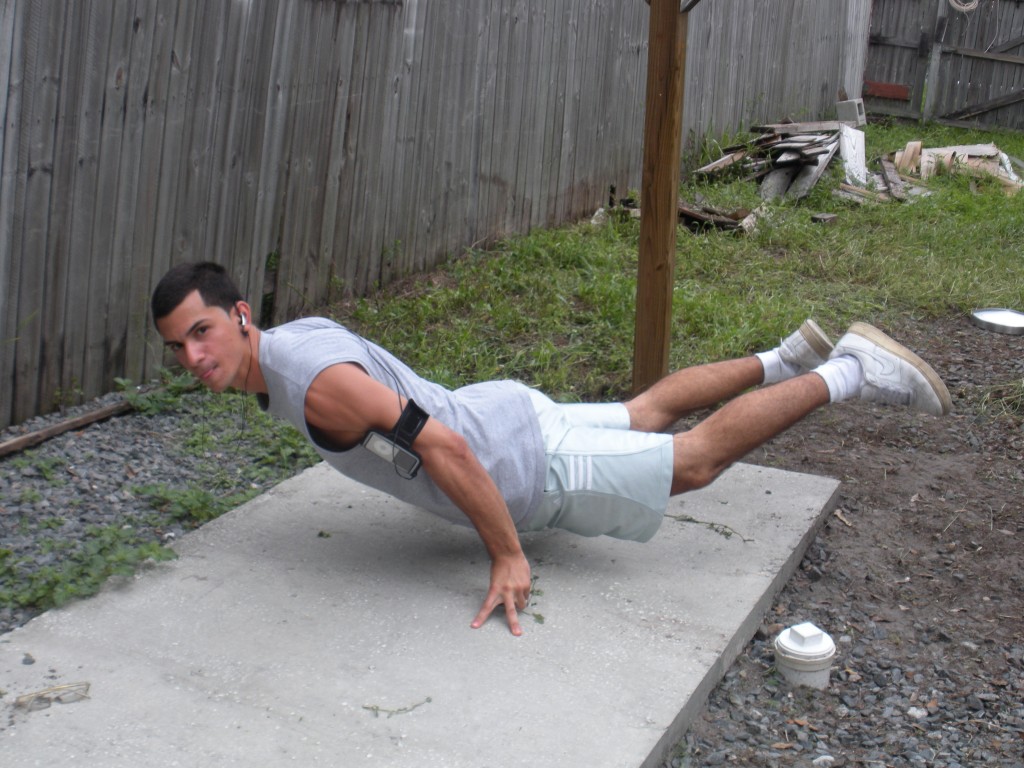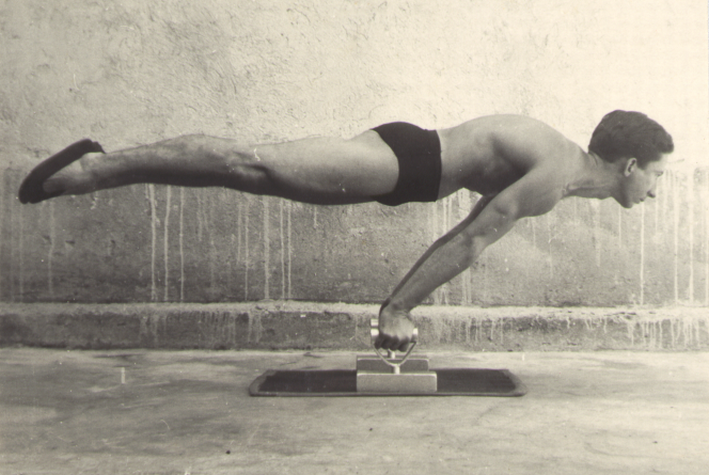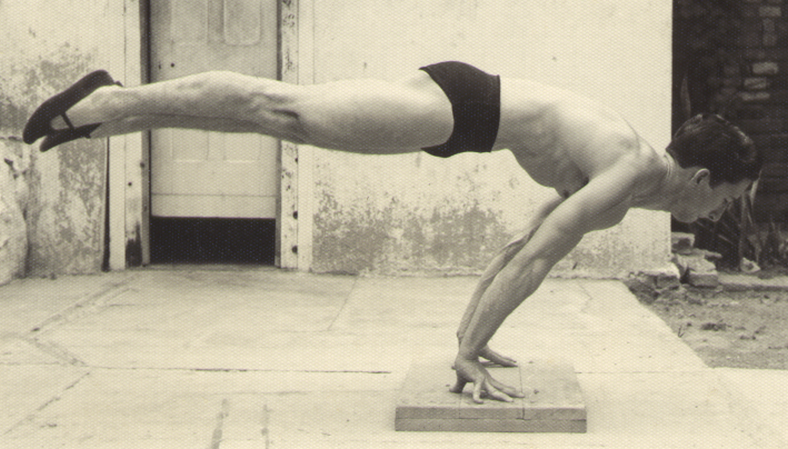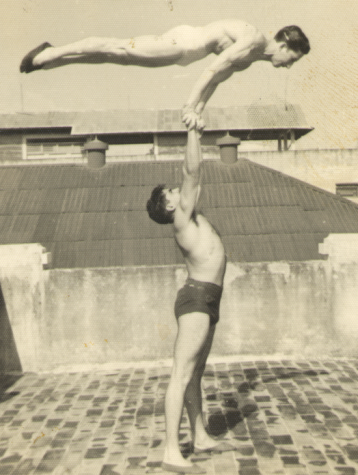I figured I’d dive into the email file and answer a few questions today.
“I’ve been working on the one armed handstand pushup and have gotten one armed handstand planks. Do you have any tips for faster progression with the one armed handstand pushup. I’m at partial ROM at the moment.”
Jesse
First off congratulations Jesse, you are much further along then most everyone, including myself.
I can’t give you my personal experience as I haven’t got to that point yet. But I can offer what others have said will work.
The basics of progressing from two hands to one would be to use your off hand less and less. You can do this by raising it on an object or just using less pressure (like going on to the fingertips. This way your ‘working’ arm must do more work.
For more on the one hand handstand pushup I recommend you check out the book Convict Conditioning by a man who was able to work up to this awesome move. You can read my full Convict Conditioning review here.
“I only started hand balancing because I thought it will make me taller??? I’m 16 and 5’9 will I be 6 ft if I do hand balancing???”
Naqib
This is the first time I got this question. And its interesting. Does hand balancing make you taller? Probably not. Hand balancing and inversion can offer many benefits and keep the spine straight and aligned. This probably won’t make you taller but it certainly won’t make you shorter. Considering that you’re young its likely that you’ll still keep growing.
“I have been practicing handstands for 3 years. I probably practiced it the wrong way because I can barely hold it for 5 seconds. What can I do to extend the life of my handstands?”
Brian
Don’t mean to be harsh but yes you must be doing something wrong. It took me about a year to work up to thirty seconds and I think that was too long!
You must be neglecting something basic like keeping the body tight. Without seeing you do a handstand I can’t advise you better than that. No matter what it is though, I encourage you to revisit the lead-up stunts as described in the Secrets of the Handstand Quick Start Guide.
Sir I am practicing yoga since 1 & 1/2 years. I can do difficult postures excluding this handstand. In yoga all boys generally perform curved Handstand instead of straight Handstand. Sir I have one question, What is the role of our back while performing handstand? Is it responsible for balancing Or Handstand is only depends on power in our hands? Also I am 20 year old. I listened that age is one of the barrier in practicing the handstand. Is it true? If possible Please tell me sir, at what age you have started the Handstand?
Aniruddha
Whether you have a straight or curved handstand the back is not involved in the balance. IT is used to keep you stable, but you do not arch more or less in order to stay balanced. Balancing comes from the hands and also the shoulders. (For beginners I recommend keeping the shoulders immobile and focusing on the hands.)
As for age there’s a few things going on. Kids are better off at gaining skills. They have more myelin which allows them to gain skills quickly. And by starting early you have more time to build your skill. (Full details on this can be found on the Skill and How to Build It CD found in the Hand Balancing Mastery Course.)
They also weigh less and are closer to the ground. So yes, younger people are much better off at hand balancing. But age is no barrier. You can become good, even great, if you’re dedicated.
That’s enough questions for today. Pay attention to the next post for something special. Until then…
Good Luck and Good Hand Balancing,
Logan Christopher












